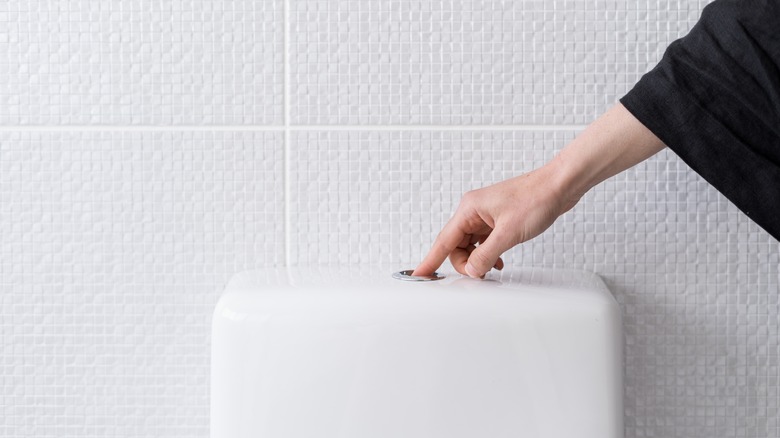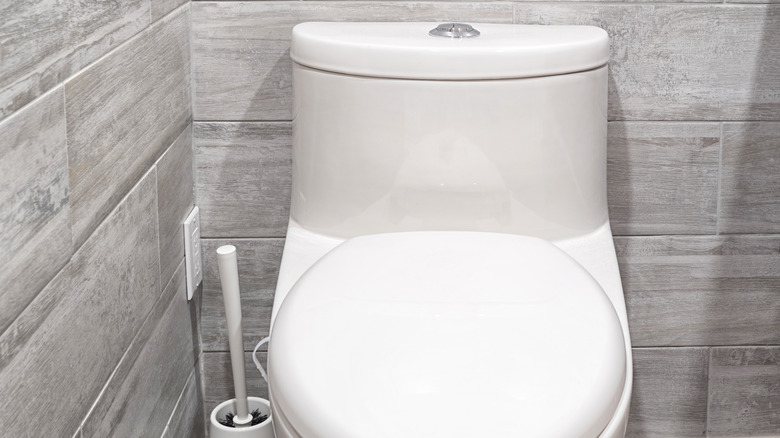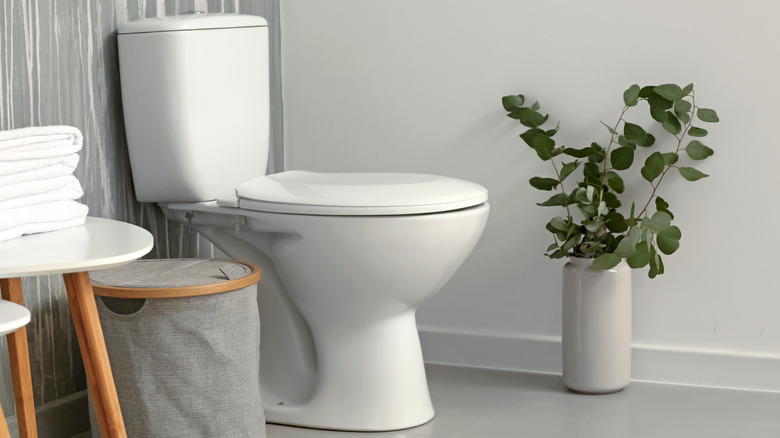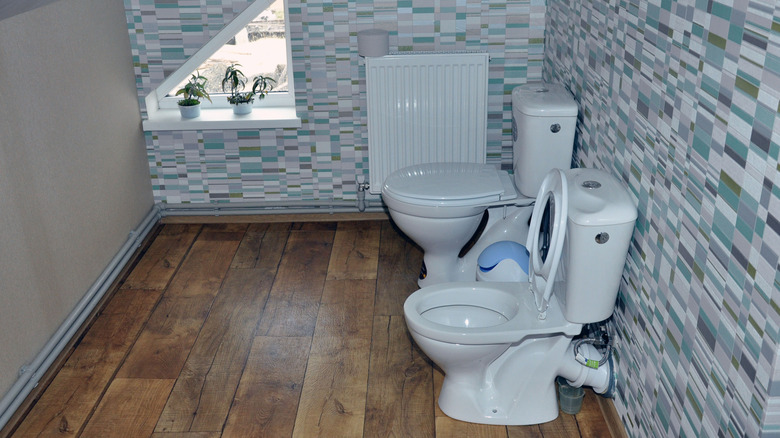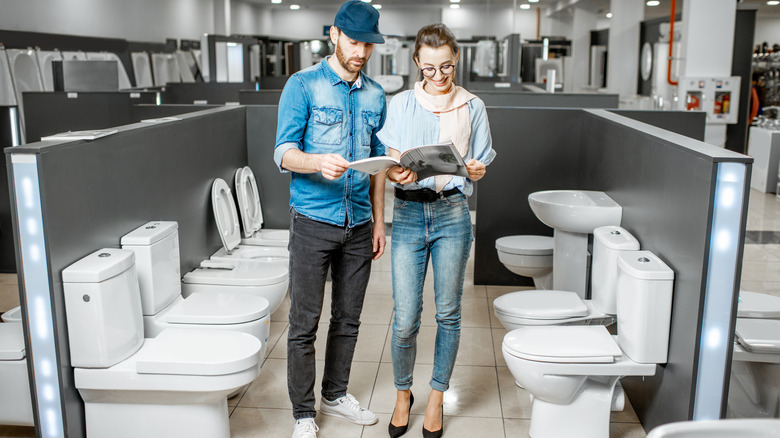One-Piece Vs. Two-Piece Toilets: Which Is Right For Your Space?
Although a toilet is one of the most vital plumbing fixtures in any home, you will be surprised just how many homeowners don't know how to buy one. The fact that most homes have already installed toilets also doesn't make the process any easier. While these fixtures are durable, easily lasting between 10 to 15 years, don't be surprised if you need to replace your option sooner, via Progressive Plumbing. This is particularly true when upgrading an old fixture or considering a complete bathroom remodel.
When the time comes for a replacement, there are two main options that you should be aware of: one-piece and two-piece toilets. So, what's the difference between the two? Which one is ideal for your space? How do you make the right choice? Before picking any model from the shelf, you should ask yourself some questions. Knowing the difference between a one-piece and a two-piece will help you decide better. That said, here is everything you need to know about these two types of toilets.
One-piece toilet
As the name suggests, a one-piece toilet consists of a tank and bowl as a single unit. It features a sleek and modern appearance, adding a touch of class and elegance to your bathroom. Because of its compact design, a one-piece fits perfectly into bathrooms with premium space, such as powder rooms, visitor's toilets, and smaller restrooms. The one-piece toilet is available in elongated and round seats in standard dimensions of 18 ½ and 16 ½-inches, respectively, to accommodate different preferences, per Sustainable Solutions International.
While the one-piece and two-piece toilets have unique advantages, the one-piece option is often more durable because it has a few moving parts. This option will be ideal if you want a fixture that will serve a functional purpose and give your space some style. Because of its relatively heavier build, one-piece toilets are often more expensive, costing about $150 to $1,500, including installation, according to High Shower.
Two-piece toilet
The two-piece toilet is the one you would find in most homes; American Standard mentions that this is the most common type of toilet in houses in the U.S. It is pretty easy to distinguish the two-piece from the one-piece since the former comes with a separate bowl and tank that require unique installation methods. But both models are not so different; they may have optional features like water saving and various flushing modes.
However, while that is true, this toilet type has a distinct advantage over the alternative style — its ease of installation. Although the parts are put together differently, it can be straightforward to set up, especially if you don't have an extra pair of hands to help. What's more, the cost of buying and installing this type of toilet is relatively cheaper than the one-piece option, going from $90 to $875, mentions High Shower.
One-piece vs. two-piece toilets: performance and maintenance
When it comes to the performance of these two types of toilets, there is no significant difference. This is because functions like the flushing power and general efficiency are often the same, especially if they are from the same manufacturer. It is worth mentioning that the flushing mechanism varies between manufacturers and not the type of toilet. Further, two-piece and one-piece toilets can have either gravity-feed or power-assisted flushing mechanisms.
However, Patrick Riley recommends using power-assisted flushing toilets because they not only use less water but can also flush down more waste. A critical difference between these two types of toilets is the ease of maintenance. The construction model of the two-piece toilets creates joints that easily trap dirt, making cleaning more difficult. Also, you must pay attention to the rubber gasket sealing the water tank, and you will need to replace it if you notice signs of wear and tear to prevent leaks in your toilet.
One-piece or two-piece toilets: Which way is it?
It all comes down to your individual preference and unique requirements in your home. As already established, there is no clear winner regarding performance between these toilets. When thinking about the right toilet fixture for your home, you need to pay attention to the particular rough-in size of your bathroom. According to Vevano Home, the rough-in is the distance from the wall to the center of the waste drain pipe underneath the toilet.
The proper rough-in distance is essential in determining the size of space you need to fit a particular toilet. Generally, the rough-in distance ranges from 10 to 14 inches, where 12 inches is the most common, notes Kohler. So how is this important as far as one-piece and two-piece toilets are concerned? To begin, most one-piece toilets are not adaptable in their measurements, leaving you with only a few options depending on the rough-in distance. On the other hand, two-piece options have way more options regardless of the rough-in distance because the bowl sizes are adjustable.
